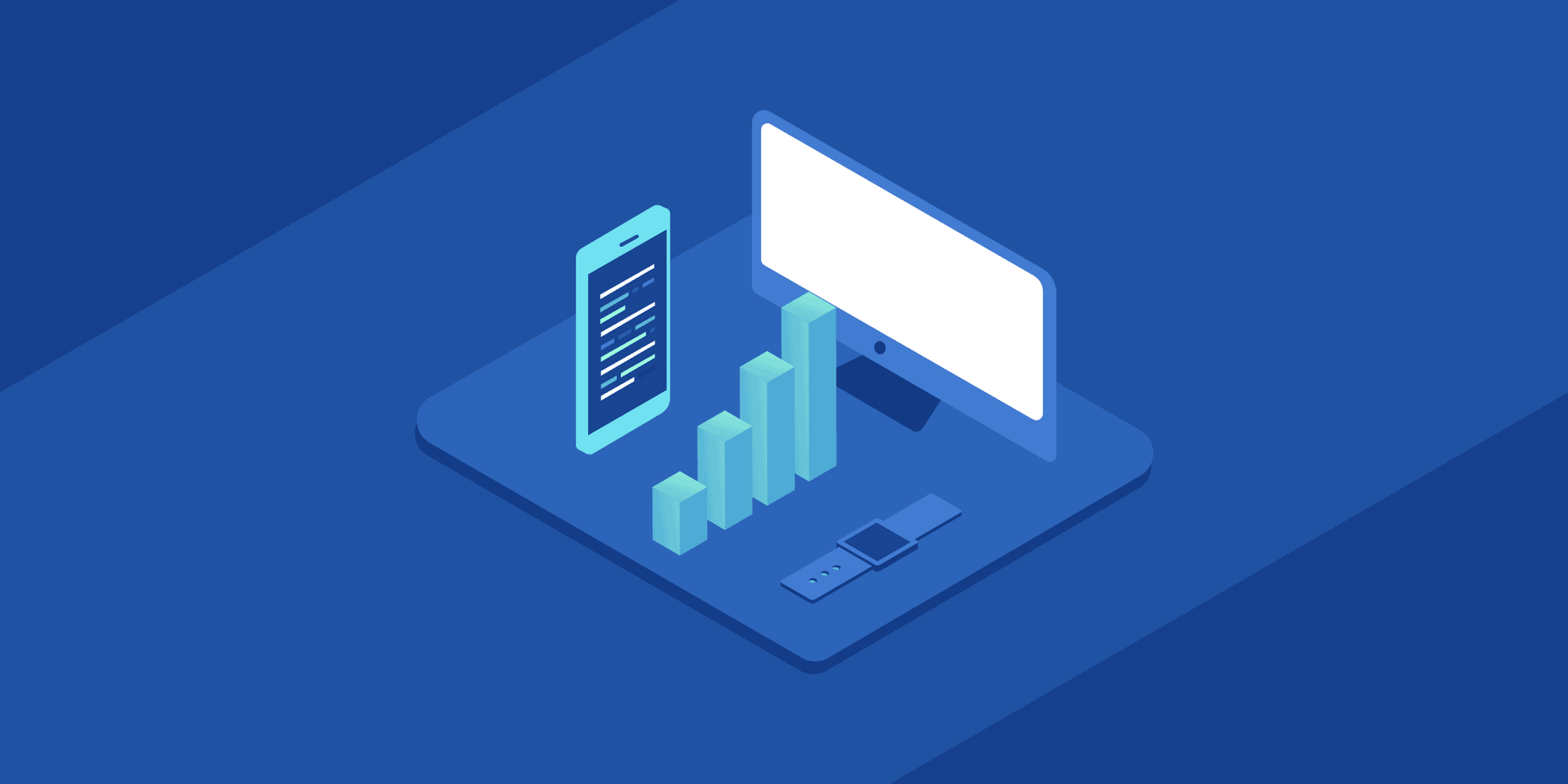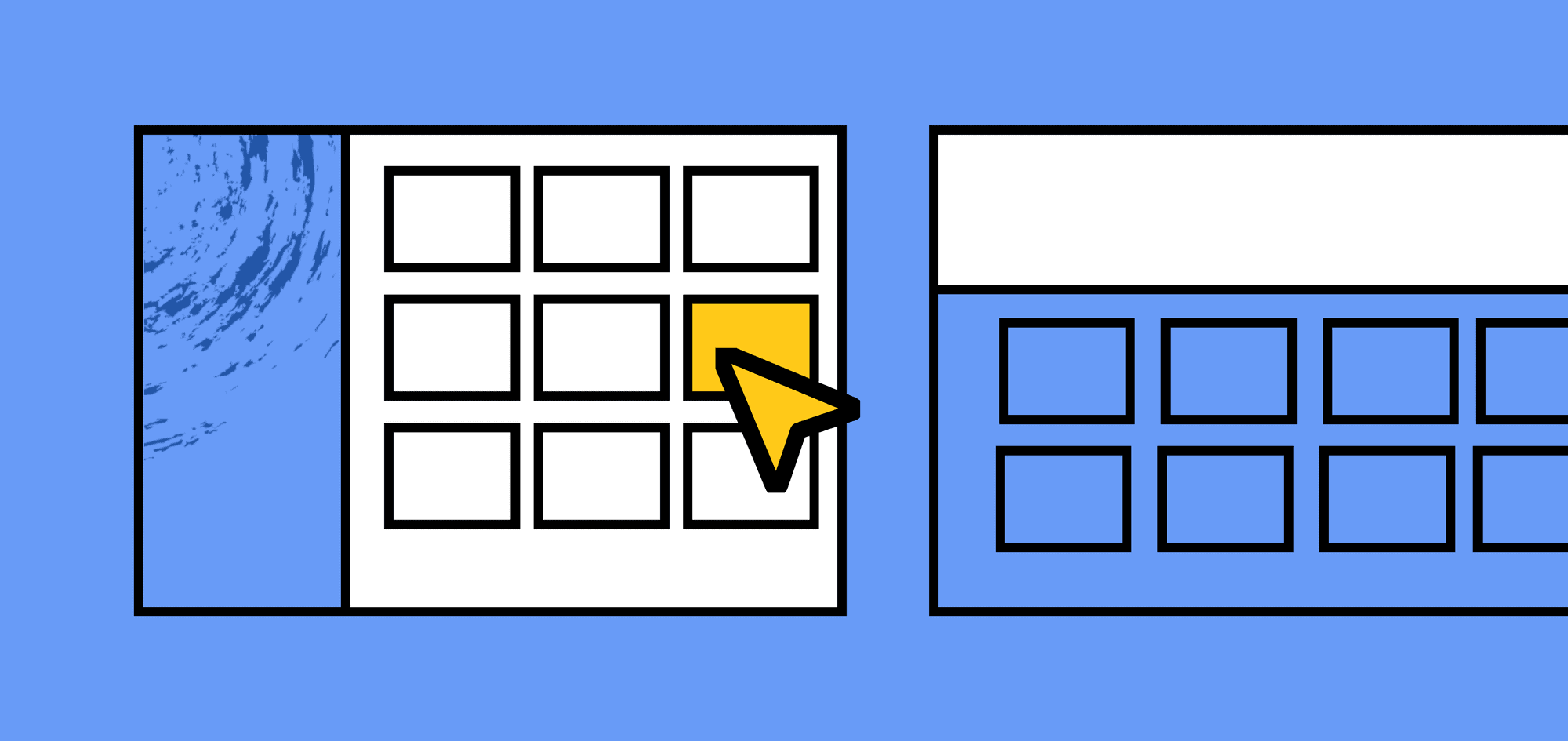How the cost of the application is affected by the platform, complexity and hidden costs
How the platform influences the cost of development?
Which platform(s) you want to use influences the cost of development, and in many ways the overall outcome of the project.
And which platform depends on your audience and customers. Most B2C and many B2B apps need to be developed for iOS and Android. Although others may need to be developed for macOS and Microsoft; potentially alongside other platforms too.
Which platform(s) you choose depends on your customers and target market. You need to have an understanding of the answer to these questions:
- What device(s) do they use (e.g. Android-based or Apple iOS)?
- Or if this is a B2B app, would Microsoft or macOS (desktop/MacBook-based operating system) be more useful?
- Or do they use a range of devices; therefore do you need apps across multiple platforms to capture a larger target audience?
Once you know the above, then you can focus on getting an app or apps developed for the platform most of your customers/users are on.
Knowing that information means you can decide the following:
- Native; or
- Hybrid or Cross-platform app?
Let’s look a little closer at what these terms mean, and how this is going to impact the cost of development.
#1: Native application
Providing you’ve got a clear understanding of the platform the majority of your audience is using, then it’s a simple matter of picking that one for your first app. Usually this means iOS or Android.
When it comes to cost, it doesn’t actually matter. It costs the same. Despite the fact that technologies, databases, frameworks, SDKs, quality assessment systems and other things are different, the cost is similar, or almost identical.
iOS apps are usually developed in Swift, whereas Android apps are usually developed in Java. Those coding languages are the best ones for those platforms. Whereas other languages are usually used for other platforms. Native apps work best on the platforms they are designed for. They work smoother, are more secure, and they integrate more easily with platform-specific features.
#2: Hybrid or Cross-platform app
Apps can be developed using a single code-base. There are coding languages, templates and tools that can ensure an app on one platform can be replicated and run on another, which should ensure it runs just as smoothly and securely on iOS, Android, and potentially others.
Although a hybrid or cross-platform app will cost more to develop than sticking with a single native app, it won’t cost as much as having two apps developed. It usually takes more time, because both apps need to pass compliance and quality checks on different platforms. But as they are developed alongside one another, using the same code, it doesn’t take as much time as having separate native apps created.
Why apps have layers of complexity, and why the number of features matter?
Features and complexity play a massive role in assessing the cost of getting a new app developed.
Firstly, let’s look at complexity. What does that mean, and why does that impact the cost of app development?
With more features, apps get more complicated. You need the user-experience to flow smoothly, which is more difficult when there are more features for users to interact with.
Plus, these features could either be native to the app, or the platform, or contingent on an API integrating them from another app or platform, and in other cases, a database integration is equally essential too.
When you consider an app that way, every feature and integration, involves a cost to develop. Overload an app with features and the cost goes up. Equally, users might find such apps more difficult to enjoy and engage with; therefore, you don’t want to make an app too complicated and feature rich.
You need to work out the right features for your audience/users and customers you want. What do they actually need? What’s the minimum number of features you can start out with? Remember, you can always add more features later, as you develop the app further and you see what customers/users actually want and need.
What about hidden costs?
Before going ahead with a project, always ensure that any other costs are factored in.
Make sure you are working with an agency that is transparent about everything they are going to charge, instead of inflating invoices with hidden costs you haven’t budgeted for.
Hidden costs could include:
- Management and admin costs;
- Hosting during the development process, and ongoing;
- Infrastructure costs, or the cost of using certain tools and technologies;
- Support charges;
- Re-developing or re-designing features you aren’t happy with.
Always ask, and find out any charges you might be subject to. Ensure within a proposal everything is covered, and if there are unknown or variable costs, that there are checks and balances for finding out them before additional work is needed, to avoid any shocks when invoices come through.
At the same time, ensure a payment schedule is agreed beforehand. Make sure both parties know how things will work before app development goes ahead.
What about ongoing costs?
Ongoing costs are usually agreed beforehand too. These usually include maintenance, new features, upgrades, support and hosting. If, for example, an agency is going to charge $2,000 a month after developing an app, then you need to know before work starts.
Types of Mobile Apps, with Examples
What type of app you want developing, and the features that it needs to include, has a huge impact on the cost. In the table below, are some examples, with another table at the end of this article providing more of a generic overview.
| Type of app | Type of client | Features overview | Potential (estimated) cost |
|---|---|---|---|
| Simple app, for one or more platforms | Retailer; an app that provides geo-locational offers | Push notifications to customers when they’re near a store, to drive foot traffic and/or e-commerce revenue | Features and UI/UX costs would come to $25,000. And if it were a cross-platform app, it could be $37,500; rising to $50,000 if you wanted a native iOS and Android app |
| More complicated app, multi-platform | Retailer; wanting an app that allows customers to browse and shop via a catalog | Customers can browse and shop via a catalog, and leave reviews, and share via social media | A template makes this somewhat easier, so not as much work if every page was different. However, overall the costs could be $70,000 as a baseline, with it reaching $105,000 if it was cross-platform, and $140,000 if it’s for iOS and Android |
| An app comparable to Uber | A two-sided marketplace, which effectively makes it two apps that interact | Feature rich, both for B2C (consumers) and the B2B users (drivers); although it could be anything that provided a marketplace function | The price for developing this could start at $115,000 for one platform, going up to $175,000 for cross-platform, and $230,000 for two separate apps, for iOS and Android |





